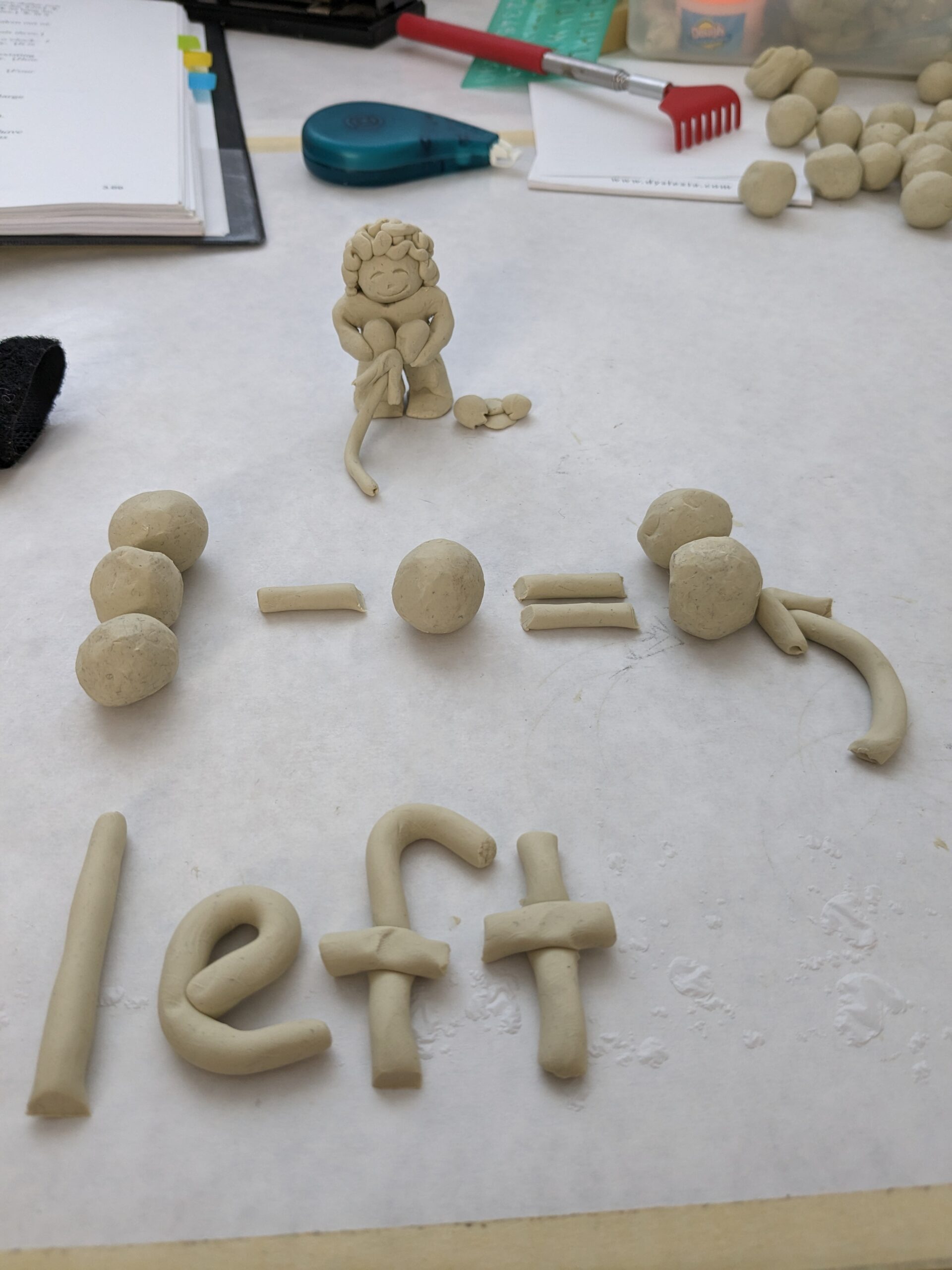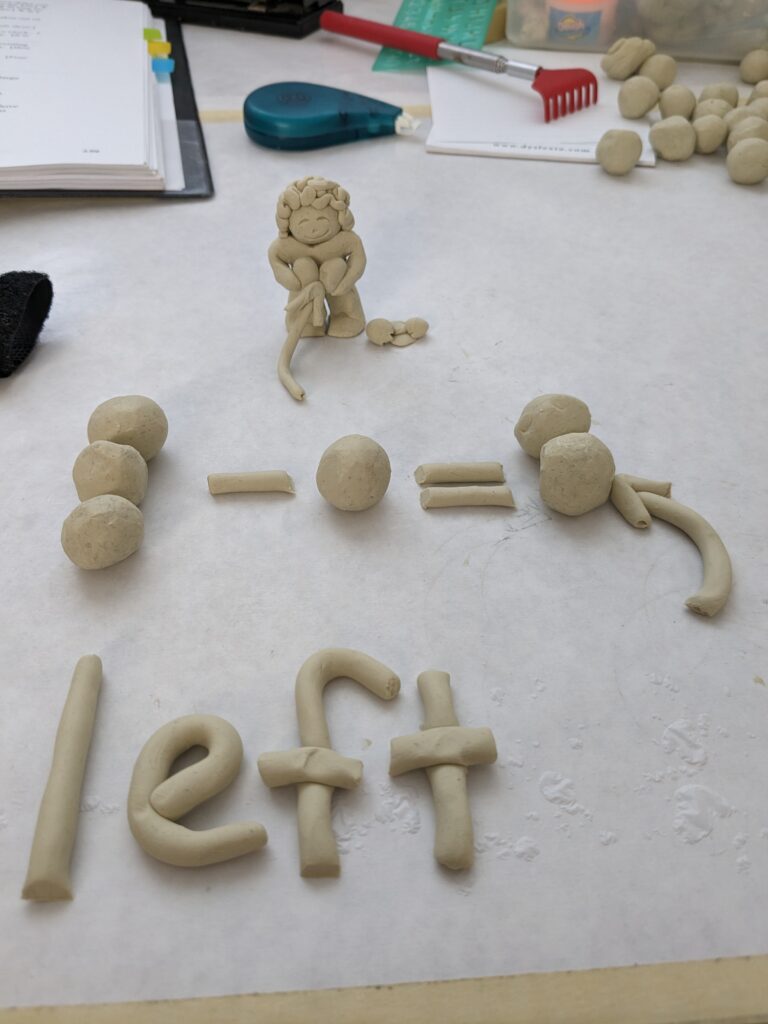

Guest post by Tracy Doyle, Davis Facilitator
Math can feel like a foreign language, especially for learners whose brilliance shines in pictures, spatial thinking, and creativity. It isn’t that these kids can’t learn—it’s that the traditional way of teaching math often doesn’t align with how their minds naturally process information.
For students with dyslexia or dyscalculia, the symbols, sequences, and linguistic twists in math can create confusion rather than clarity. Dyslexic learners, for instance, often excel at three-dimensional or spatial reasoning but struggle with rote memory, symbols, and step-by-step logic—exactly the areas where so much of math typically lives.
That’s why the Davis® Mastery for Math Program offers such a profound shift. It meets learners where they are: visual, kinesthetic, big-picture thinkers, and invites them into math in a way that genuinely makes sense.
When Natalie began her program, she was clear on what she wanted:
And she did blossom. Natalie learned to work with her picture-thinking mind instead of fighting it. Concepts that once felt daunting—like addition, place value, fractions, and negative numbers—began to make sense in a whole new way.
Her measurable progress tells the story:
Through hands-on tools, clay modeling, and strategies for regulating focus, energy, and emotions, Natalie didn’t just grow mathematically—she built a stronger connection to herself. She walked away not only with math tools but with a deeper understanding of how her brilliant mind works. That’s not just change; that’s empowerment.

Visual, multisensory learning builds real understanding. Research and experience show that visual and manipulative strategies—like using beads, clay models, or pictorial overviews—help bridge abstract math concepts. When learners see and touch the math, it becomes anchored, meaningful, and memorable.
Math anxiety often stems from language and symbol confusion. Words like “from,” “by,” and other everyday words in math problems can trigger confusion for picture thinkers. They may recognize the words but can’t translate them into picture meaning, and that’s where true understanding falls apart.
At the root of math struggles lies disorientation, not laziness. Dyscalculia, the math-side counterpart to dyslexia, often stems from distorted perception. When you can’t intuitively grasp numbers or procedures because you’re disoriented, math becomes a maze. Approaches that address that orientation directly can be life-changing.
She’s not alone. Across the Dyslexia.com blog, you’ll find stories of students overwhelmed by numbers, math terms, or symbols, only to find joy and clarity when learning finally meets how they think.
This isn’t just healing academic wounds—it’s reigniting curiosity, confidence, and a sense of belonging in math.
If math has ever been a source of frustration, fear, or disconnection for your child, it doesn’t have to stay that way. The Davis® Mastery for Math Program offers an approach that changes everything because it starts with understanding how your child learns, not how we’ve traditionally taught.
Contact us